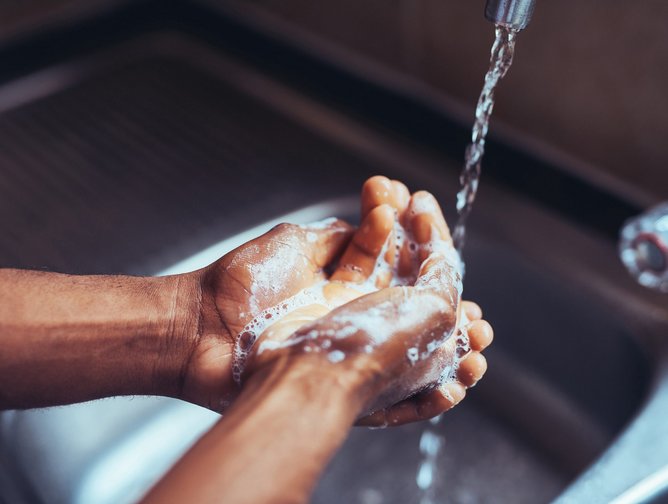Businesses can help reach the clean water and sanitation SDG

Clean Water and Sanitation hold a key position on the UN agenda. Sustainable Development Goal (SDG) No. 6 is to "ensure availability and sustainable management of water and sanitation for all."
The United Nations has made it clear that businesses would have a big role to play by adopting a stewardship role over water.
However, several reports indicate the world is quite far from reaching the goal.
In 2020, almost a quarter of the world's population did not have safe drinking water at home, and roughly half did not have adequate sanitation.
COVID-19 also emphasised the critical necessity of good hand hygiene. At the start of the pandemic, 3 out 10 people worldwide were unable to wash their hands with soap and water in their own homes.
According to a report from WHO, and UNICEF, unless the rate of improvement increases, billions of people throughout the world will be unable to securely reach household drinking water, sanitation, and hygiene services by 2030.
Meanwhile, only 32% of wastewater flows were subject to any sort of treatment among the 42 nations and territories reporting total wastewater generation and treatment in 2015. According to a 2020 evaluation of 89 countries' and territories' rivers, lakes, and aquifers, 30% of the water bodies studied have poor water quality.
The solutions to these problems could come from innovation and systems in the private sector.
How companies can help reach SDG for clean water and sanitation
Environmental, social, and governance (ESG) parameters are frequently used by socially concerned investors when examining possible ventures. Though emissions have occupied the narrative, the corporate sector is discovering that water should have a significantly larger role in ESG assessment.
A team of Barclays analysts determined that corporations and investors should pay much closer attention to potential water shortages, increased water bills, and stronger water regulation. The World Economic Forum has also said ESG methodologies need to be reworked to incorporate the appropriate level of risk and opportunity in water.
Barclays and Forbes have also warned that corporations significantly underestimate their water risk. According to Forbes and a 2020 study by Carbon Disclosure Project (CDP) - a nonprofit that helps enterprises record their influence on the environment - investment in preparing for a company's water risk is projected to be just 20% as of the cost of inaction.

Finding investment strategies for clean water and sanitation
There are several exchange-traded funds (ETFs) focused on clean water and sanitation. These include: iShares Global Water UCITS ETF; Invesco Water Resources ETF; Lyxor MSCI Water ESG Filtered; First Trust ISE Water Index Fund; and Invesco S&P Global Water Index ETF.
All these funds publicise their investment strategies and how they target companies tackling clean water and sanitation.






